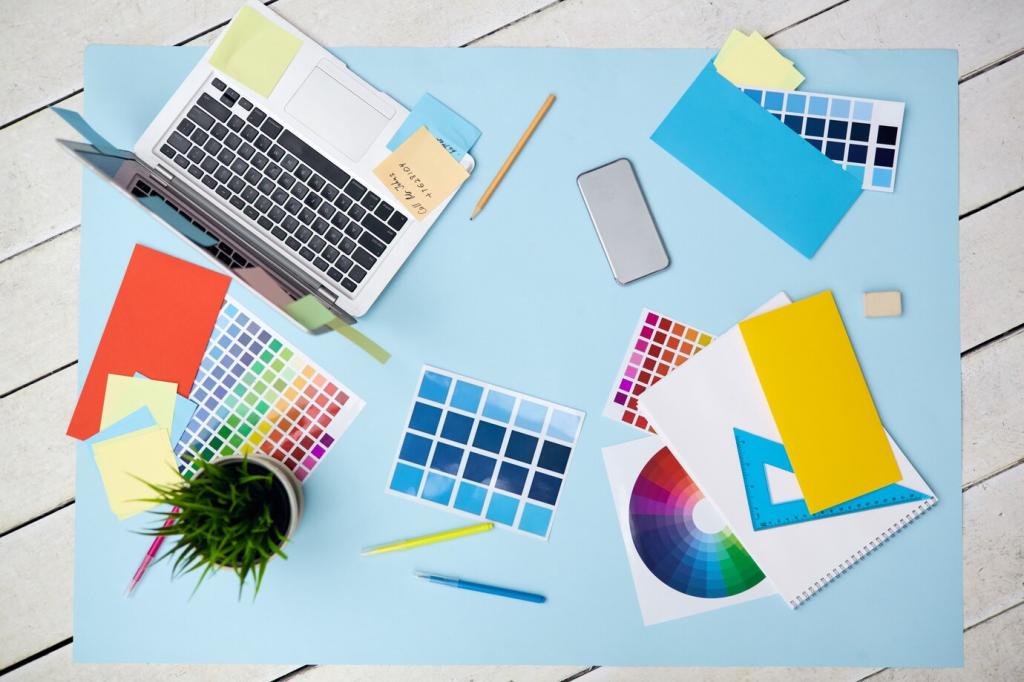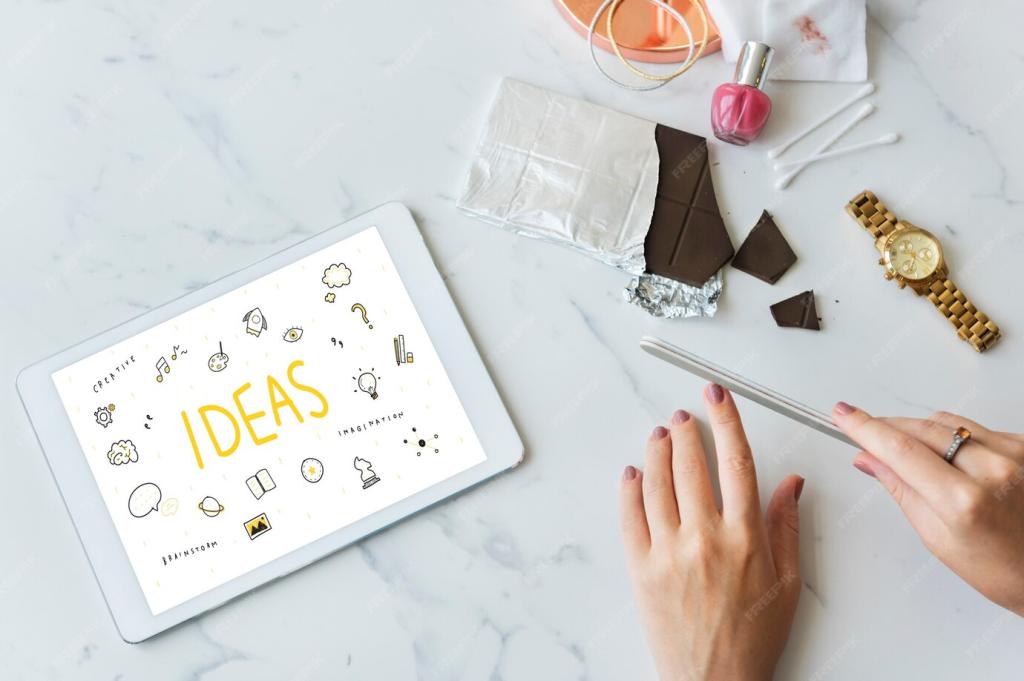From Mood to Meeting: Conversion Microcopy
Replace “Submit” with “Request a design chat.” Promise a response window and outline what to prepare: floor plans, photos, a wish list. Clarity calms. Share your revised button text and we’ll feature standout examples in our next roundup.
From Mood to Meeting: Conversion Microcopy
Offer genuinely helpful assets: a Small-Space Storage Playbook, a Finishes Care Guide, or a Renovation Timeline Template. Write landing copy that sets expectations and shows a taste of your process. Tell us which lead magnet your audience would love most.
From Mood to Meeting: Conversion Microcopy
Instead of generic praise, present brief–challenge–solution outcomes with one measurable improvement—acoustics, daylight hours, or storage capacity. Let photos prove; let words explain. Draft a three-sentence case story and share the metric you chose to spotlight.







